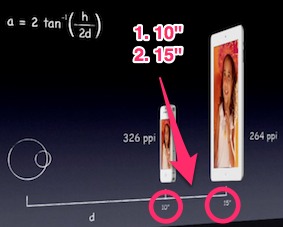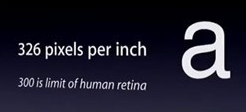Due to the (good) edit of the question, the answer does not seem fit 100% anymore.
No.
...which depends on what you define as a 'mobile device'. But first, the term resolution is ambiguously used which requires to answer your question in two ways.
Resolution as in pixel density
The iPad 3rd Generation has a pixel density of 264 pixels per inch (ppi). There are several other devices that provide higher pixel densities - the most well known to you is probably the iPhone 4(S).
As these belong to the mobile category, the answer is no.
iPad 3rd Gen 9.7" 2048×1536 264
iPhone/iPod touch 4,4S 3.5" 640×960 326
Rezound 4.3" 720×1280 342 (HTC)
Touch Diamond, Touch Pro 2.8" 480×640 286 (HTC)
Touch Diamond2 3.2" 480×800 292 (HTC)
LG Optimus LTE 4.5" 720×1280 329 (LG)
LU1400 2.8" 480×800 333 (LG)
You can get a list of more devices here.
Resolution as in total pixel count
The display of the iPad 3rd generation is referred to as QXGA (2048×1536). There are several other devices that provide higher pixel counts - e.g. the Apple iMac.
However, none of the following devices are 'mobile'. They provide higher pixel counts, but over a larger area. Hence, the answer is yes.
See this list of common resolutions for more devices. Note: Some of the resolutions stated there are only on paper - no devices implementing that resolution have been made yet according to the article.
Sony GDM-FW900 and Hewlett Packard A7217A 2304×1440 3,317,760
Dell UltraSharp U2711, Apple iMac (WQHD) 2560×1440 3,686,400
Dell Ultrasharp U3011 (WQXGA) 2560×1600 4,096,000




